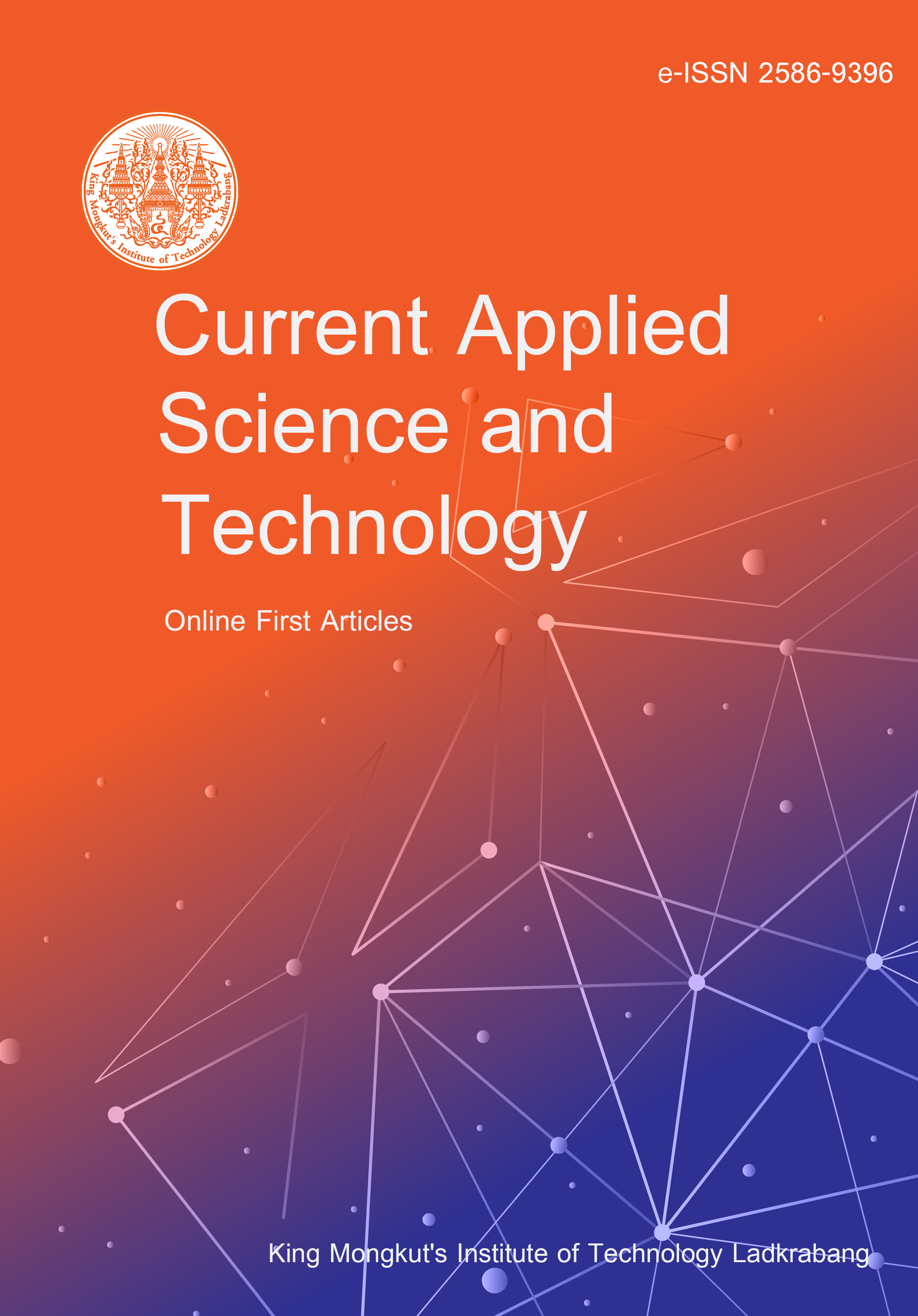Pinanga arinasae is an endemic and endangered palm from Bali, Indonesia. Despite its enormous traditional use, ornamental potential, and confined distribution, the study of this species, seed biology, still needs to be explored. This study aimed to describe seed morphology, morphometrics, and viability in fresh and dried P. arinasae seeds. The palm seeds were collected from the Bali Botanic Garden. Seed morphology description, morphometric measurement, and tetrazolium viability assay were conducted on fresh and dried P. arinasae seeds. The results indicated that P. arinasae obovoid shape corresponded with the species original description. The fresh seeds and embryos had length and width of 1.70 and 1.19, and 0.41 and 0.18 cm, respectively. The seed morphology was similar to palm seeds, with reticulating endosperm and a germinative button during early germination. Fresh seeds showed perfect viability on the tetrazolium test. However, the study highlighted the adverse effects of extensive drying on the P. arinasae seed morphometric parameters and zero viability after the tetrazolium test. This study provides baseline data for further research on P. arinasae seed biology to support its conservation and domestication effort.
Fauziyyah, D. N. F. ., Kuswantoro, F. ., Semarayani, C. I. M. undefined. ., & Atmaja, M. B. . (2025). Seed Morphology and Adverse Effect of Seed Drying on Endemic and Endangered Pinanga arinasae Morphometric and Viability. CURRENT APPLIED SCIENCE AND TECHNOLOGY, e0265732. https://doi.org/10.55003/cast.2025.265732

